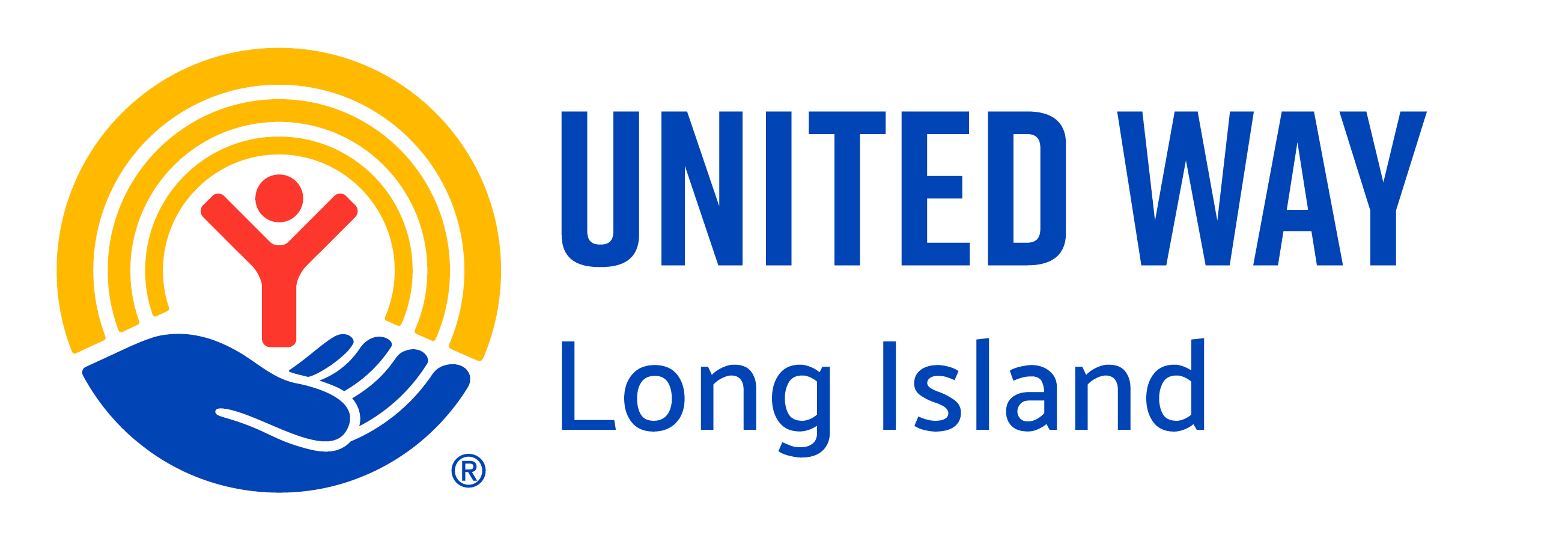There are dueling storylines about America’s workers in recent headlines, and both are true. Inflation has cooled, unemployment is low, and wages have grown. In contrast, 5 million households are behind on rent and 401K hardship withdrawals rose 36%.
There are two starkly different economic realities in America. One in which middle - and high-wage workers saw savings and wealth increase throughout the pandemic. And another for those working in low-income jobs, whose wages stagnated over 15 years. These essential workers were locked out of the economic booms and are still reeling from another battering sustained during the pandemic.
Having just celebrated America’s workers this Labor Day, we at United Way of Long Island ask leaders from the boardroom to the statehouse to join us in using our ALICE data to drive innovative solutions and on-the-ground impact needed to create change for these low-wage workers we call ALICE (Asset Limited, Income Constrained, Employed).
ALICE workers were recognized for their heroics during the pandemic, yet they continue to struggle to afford the basics for their families. Their storyline hasn’t improved. ALICE workers were always living here and delivering for us – as our childcare professionals, home health aides and delivery workers. Though they earn above the Federal Poverty Level, their wages are not enough to cover the rising costs of housing, food, childcare, health care, and transportation – the essentials needed in today’s modern economy.
The outdated and incomplete measurements our country uses to document financial hardship have distorted how we understand the challenges facing these hardworking neighbors as they strive for financial stability.
The poverty level vastly underestimates how many households are experiencing hardship. New York State’s latest ALICE report, produced with our research partner United For ALICE, demonstrates that 3,316,600 million households – 45 percent, more than four in ten – are walking a financial tightrope, unable to afford this state’s high cost of living.
A key contributor to the number of ALICE households in New York is the fundamental mismatch between the cost of living and what jobs pay. For example, 47% of Personal Care Aides (the most common occupation in New York) were below the ALICE Threshold in 2021.
On Long Island, 302,520 households are struggling to afford these fundamental needs. This means that 31.5% or 302,520 of Long Island households fall below the set income ALICE Threshold budget for survival.
These families don’t qualify for federal assistance and can find themselves needing help from organizations like United Way of Long Island.
Other 2023 ALICE Report key findings:
- In Nassau County, the Household Survival Budget is $76,932 or $38.47/hour for a home with two adults and two school-age children.
- In Suffolk County, the Household Survival Budget is $79,668 or $39.83/hour for a home with two adults and two school-age children.
- 51% percent of all jobs in NYS pay less than $20/hour or $40,000 annually for full time work. Even working multiple jobs often does not provide sufficient income to meet the ALICE threshold.
United Way of Long Island is showing up for ALICE, filling some resource gaps and offering 211 Long Island for confidential information and referrals related to support services but we alone cannot bring ALICE households to financial stability. We invite you to discover more about United Way’s positive, enduring impact and join our giving community by visiting www.unitedwayli.org.
If we are united in purpose for our essential workers, together we can write a new storyline that puts financial stability in reach for ALICE, improving life for all Long Islanders.
And there’s no better way to celebrate Long Island’s workforce than that.
